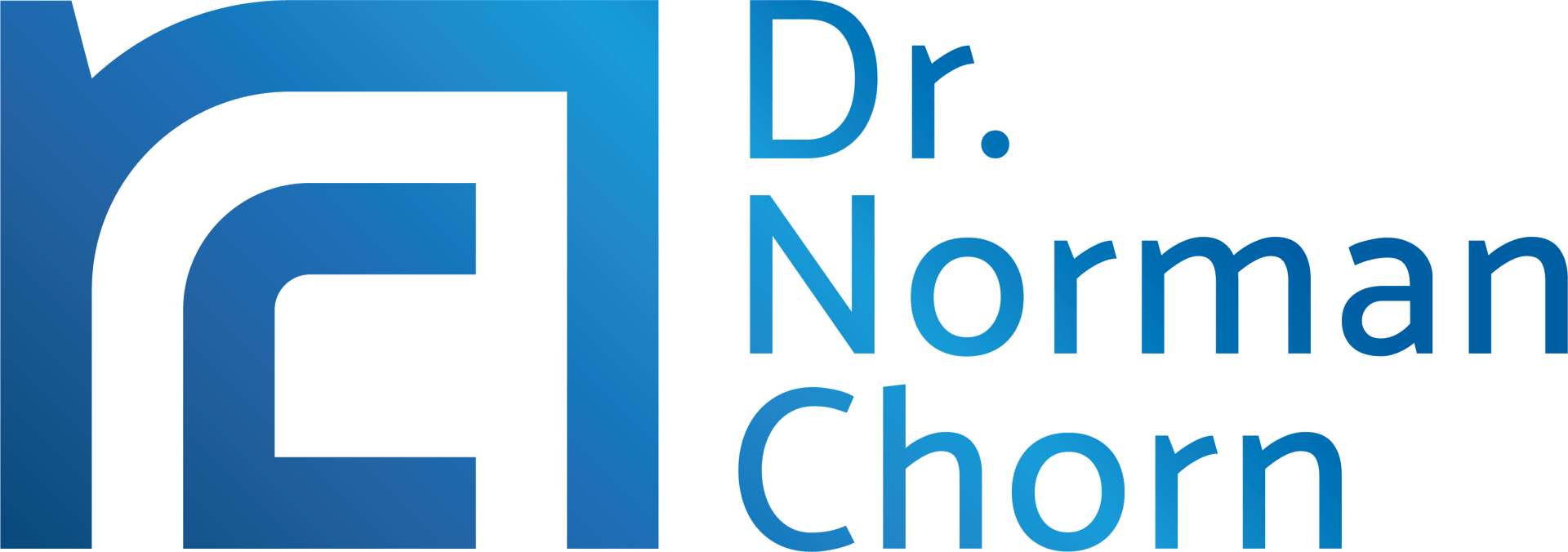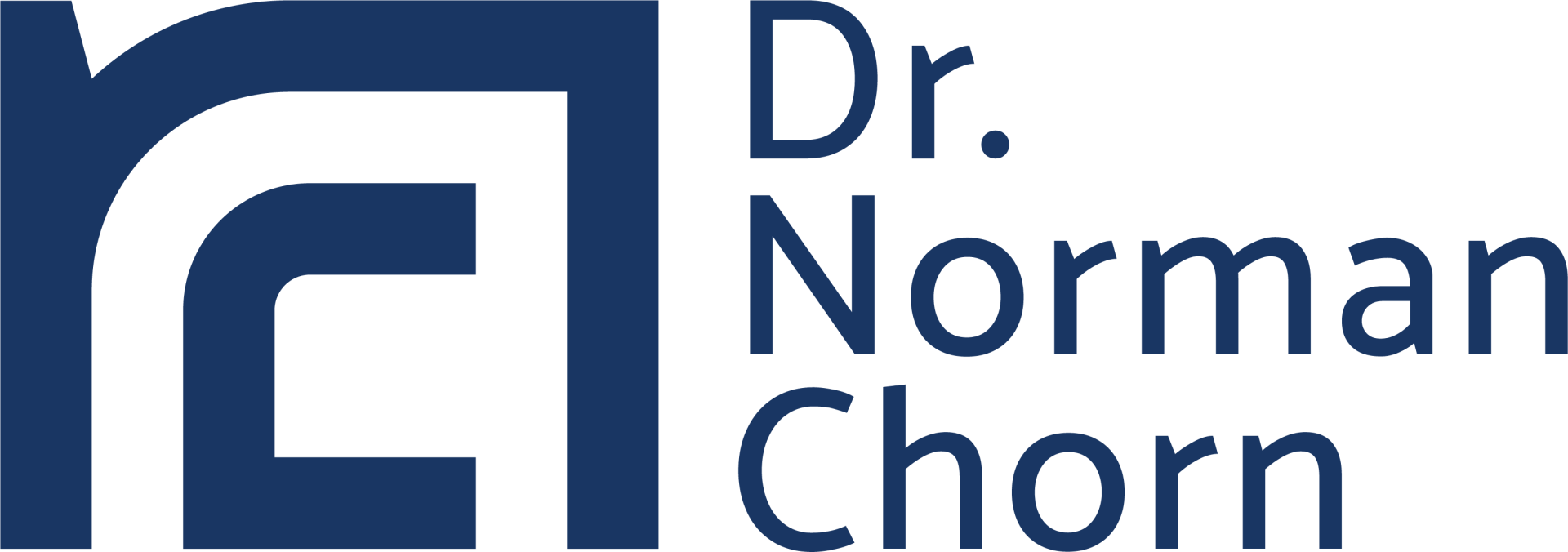Living in the new normal
Conventional planning no longer works.
The new normal
The term “new normal” has been coined to describe this period of incessant change and uncertainty. It outlines the fact that we have new rules and dynamics in the global economy, new social and political structures, strong pressures from our distressed environment and a technology revolution that continues to disrupt all of the above.
Because the environment is in a state of continuous flux, our conventional planning approaches are no longer effective. Why? Because they rely on a series of assumptions for variables such as exchange rates, market growth and customer preferences.
These assumptions are nothing short of predictions about the future - bets we take about future conditions in order to achieve our planning objectives. When these prove invalid because of unexpected shifts in the environment, our plans become useless. No wonder that numbers of executives have abandoned planning in these uncertain times!
Developing strategy for the future
But it is possible to set strategy for the future. We just have to change the way we approach the challenge. Our research shows 7 key principles underpin effective strategy in changing and uncertain environments:
1. The future does not exist a priori
In essence, this means that the future is not predetermined or “waiting” for us to reach it. The future is not a reality that exists in another time dimension. Fatalism has little place in setting strategy for the future!
2. The future is a set of possibilities that can be influenced by our purposeful behaviour
The choices we make today will drive our actions. These actions will always have a set of consequences that we then “discover” tomorrow. The discoveries we make will then influence and shape the choices we make on the following day. And so, we can influence the shape of our future.
3. No monarchy has fomented its own overthrow
Because the elite in organisations and society usually have a vested interest in retaining their positions of power, it is difficult for them to envisage a future that is radically different to the present. Others, unencumbered by power and privilege, are better suited to studying and envisaging the future.
4. Embrace the uncertainty in the situation
Rather than attempting to predict the future, it is better to embrace the uncertainty inherent in a situation. Accept that events can unfold in different ways due to this uncertainty.
5. Recognise that alternative futures are possible
As the uncertainty presents different pathways for events to unfold, it is best to recognise that the organisation faces alternative futures. Instead of attempting to predict which future will unfold, accept that there are alternative futures with which the organisation will have to contend.
6. Focus on developing the capabilities needed for the alternative futures
The essence of strategy in an uncertain and changing environment is to understand the “winning” position in each of these alternative futures, and then to identify the capabilities that will be needed to support these positions. Capability development is the key to success in this approach.
7. It is better to be vaguely right than precisely wrong
As Clem Sunter (1) remarked, we cannot be precise about the nature of the future. Much like NASA’s journey to the moon, we set off in the right direction and keep modifying our approach as the information become more precise and we keep learning.
Planning is not strategy
Generally speaking, planning is about setting objectives and actions to achieve a goal. We make assumptions about future conditions and set firm objectives, based on what we know now. Strategy, on the other hand, is about positioning and equipping the organisation to deal with the future.
Strategy develops objectives as the future unfolds and learning occurs. The focus is on having the capabilities needed to deal with the alternative futures facing the organisation.
The future is not what it used to be
Implications for developing future strategy
- The world has changed. The “new normal” means that our conventional planning approaches - with their emphasis on assumptions and pre-determined objectives - no longer work
- We should not attempt to predict the future. Recognise that alternative futures are possible and should be accommodated
- We are likely to need to assistance of those outside the power elite in order to envisage a range of alternative futures
- The future can be influenced (and even shaped) by our purposeful behaviours
- Our focus should be on building positions and capabilities for the alternative futures
- Instead of running to where the football is, we should run to where the football will be.
This is different to the conventional approach for developing business and corporate strategy. But it seems more consistent with our views on organisations that learn and adapt to a constantly changing environment. Welcome to the world of future strategy.
References
(1) Clem Sunter, The Mind of the Fox, 2001
About the Author
Dr Norman Chorn is a highly experienced business strategist helping organisations and individuals be resilient and adaptive for an uncertain future. Well known to many as the ‘business doctor’!
By integrating the principles of neuroscience with strategy and economics Norman achieves innovative approaches to achieve peak performance within organisations. He specialises in creating strategy for the rapidly changing and uncertain future and can help you and your organisation.
Subscribe to our regular articles, insights and thought leadership




